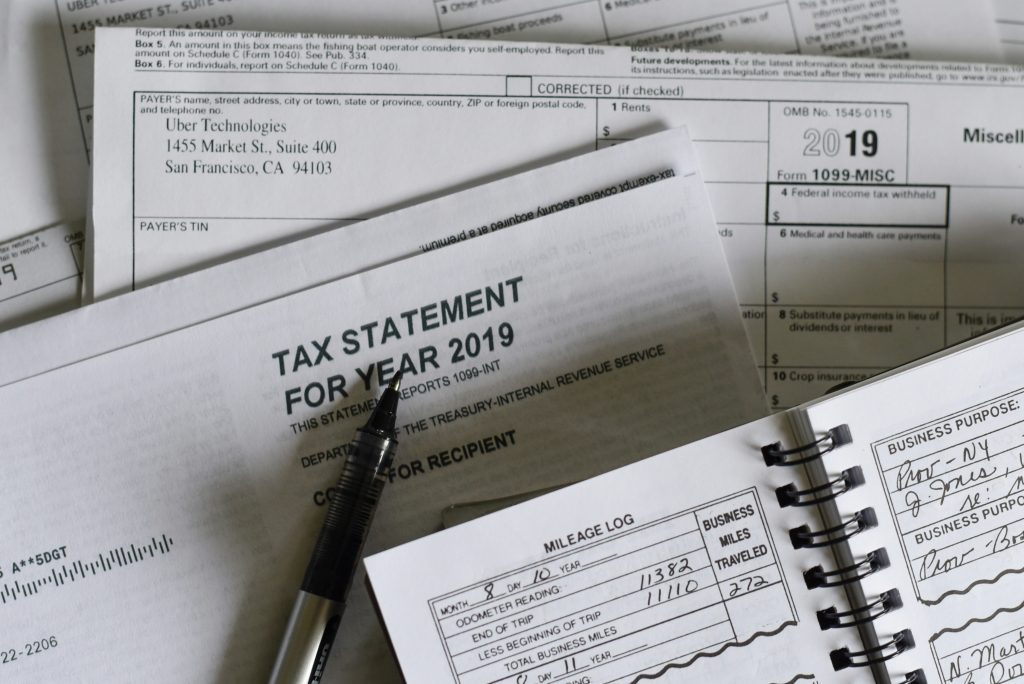It’s not uncommon for people to feel overwhelmed by filing their taxes. And if you end up owing the IRS more than you can afford, that dread will only grow larger. That’s why many people want to learn as much as they can about tax debt forgiveness.
Unfortunately, a lot of the information out there is misleading. There are many companies that use tax forgiveness as a hook to get you to pay them. Sadly, tax debt forgiveness is rare. Additionally, many of the real programs that can lighten your tax load have complex application processes and most likely can’t forgive all your tax debt.
Real Tax Debt Relief Programs
Here are some of the real tax debt relief programs that are run by the IRS:
- Offer in compromise (OIC): This program is probably the closest to what you think of when you hear “tax debt forgiveness.” In this process, you tell the IRS what you think you can pay, and if they accept you pay them that amount. After that, the IRS forgives the rest of your tax debt.
- Payment plans: If you’re unable to pay your taxes by the first due date, you can apply for a payment plan. A payment plan lets you pay the IRS over an extended period and can help you avoid fees or interest.
- Partial payment installment agreement (PPIA): PPIAs are payment plans where the taxpayer cannot pay off their full debt before the deadline for the IRS to collect. Typically, the IRS has 10 years to collect taxes, but this can be extended. If you make all your PPIA payments, the IRS will forgive whatever is left after the deadline.
- Currently not collectible (CNC) status: If you are unable to pay your tax debt at all, the IRS can pause collecting from you. However, your debt may continue to grow while they are not collecting.
Does the IRS Offer a One-Time Forgiveness Program?
As you can see from the list above, there is not a one-time forgiveness program. Untrustworthy companies often advertise that they can get your entire tax debt forgiven using some one-time forgiveness program. These claims are meant to hook you before they reveal your real options.
At their best, they may be twisting the IRS’ first-time penalty abatement program into something that it is not. The first-time penalty abatement program can only lessen or erase the costs of fees from filing your return late or making late payments. To qualify you must have a record of compliance for the last three years.
It should be noted that even if you get the abatement, you can get hit with new fees up until you have paid all your taxes. The directions for applying for a first-time abatement are included in the notice of fees.
How Do You Qualify for Tax Debt Forgiveness?
To qualify for tax debt forgiveness under the OIC program, you must be able to prove that you cannot afford to pay all your tax debt. Another general rule is that you must owe less than fifty thousand dollars and have less than one hundred thousand dollars in income.
You also can’t be in bankruptcy, must be current on your filings, and have a valid extension when you apply. If you are an employer, you also must have made your last two quarterly tax deposits. To check your eligibility, you can use the IRS Offer in Compromise Pre-Qualifier tool.
How Do You Apply for an Offer in Compromise?
You can find all of the details in the IRS Form 656-B booklet. To simplify, you send the IRS an application fee, Forms 433 and 656, and twenty percent of your offer as a down payment. If you qualify as being low-income, you can skip the down payment and application fee.
The IRS will then reach out confirming your application and may ask for more information. While you wait for them to accept your offer, you must keep paying as if your offer has been accepted.
How Much Will the IRS Settle For?
The amount that the IRS will settle for varies a lot. The IRS will decide on whether or not to accept your offer on a case-by-case basis. If you use the IRS Offer in Compromise Pre-Qualifier tool, it will give you an amount that you can use as a starting point. However, it is highly recommended to contact a tax expert to aid you in making your offer.
The Bottom Line
Tax debt forgiveness isn’t a quick fix—and it’s rarely total. The IRS does offer real programs that can reduce what you owe or give you more time to pay, but they come with strict rules and can take time and effort to apply for. Be cautious of companies promising full forgiveness or “one-time” programs that don’t exist. If you’re struggling with tax debt, take time to learn about your options and consider getting help from a qualified tax professional.
The content provided is intended for informational purposes only. Estimates or statements contained within may be based on prior results or from third parties. The views expressed in these materials are those of the author and may not reflect the view of SmartSpending. We make no guarantees that the information contained on this site will be accurate or applicable and results may vary depending on individual situations. Contact a financial and/or tax professional regarding your specific financial and tax situation. Please visit our terms of service for full terms governing the use this site.
